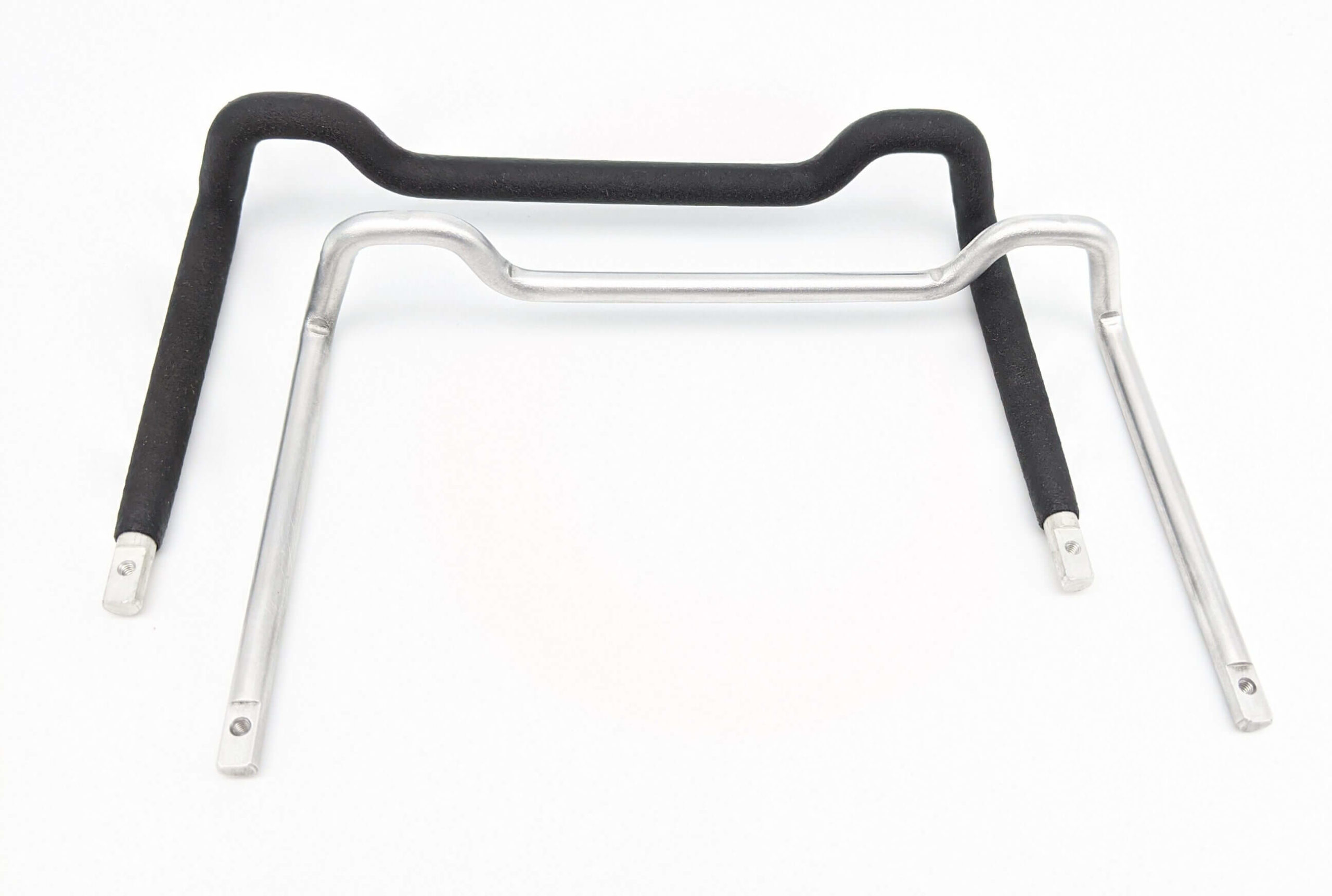Get unique, complex parts easily. No matter your requirements, Chaoyi Spring creates hard-to-produce coil springs and wire forms.
Let us help you create the custom wire form you need, from S-hooks and J-hooks to utility hooks and more.
We work closely with customers across a wide range of industries, helping them design and manufacture made-to-order parts.
Why choose Chaoyi Spring? We prioritize customer-focused collaboration, modern equipment and the latest technology to make your parts per print.
Find the information and guidance you need, from measuring a spring to learning about materials, placing an order and much more.
In the realm of mechanics and engineering, springs are ubiquitous, their elastic properties serving myriad functions. While conventional springs exhibit a fixed stiffness, variable springs introduce a new dimension of


In the realm of mechanics and engineering, springs are ubiquitous, their elastic properties serving myriad functions. While conventional springs exhibit a fixed stiffness, variable springs introduce a new dimension of control, dynamically adjusting their resistance to load. This revolutionary capability unlocks possibilities in diverse fields, from advanced robotics and automotive systems to medical devices and consumer electronics. This article delves into the world of variable springs, exploring their fundamental principles, diverse applications, and the profound impact they have on shaping the future of technology.

Imagine a spring that can adapt its stiffness on the fly, seamlessly adjusting its resistance to load depending on the task at hand. This is the essence of variable springs, a fascinating class of mechanical elements that go beyond the limitations of their conventional counterparts. Unlike fixed-stiffness springs, variable springs offer a dynamic response, allowing for precise control and optimization in diverse applications.
Variable springs harness a range of ingenious mechanisms to achieve their dynamic behavior. One common approach involves manipulating the spring's geometry, either by altering the coil configuration or introducing internal mechanisms that modify the spring's effective length. Another technique utilizes materials with inherent stiffness variability, allowing for controlled adjustments based on external stimuli, such as temperature or magnetic fields.
The versatility of variable springs has sparked a revolution across numerous industries, enabling the development of innovative and efficient solutions. Here are some notable examples:
Variable springs play a crucial role in advanced robotics, empowering robots with enhanced dexterity and adaptability. By adjusting their stiffness, variable springs enable robots to navigate complex environments, handle delicate objects, and execute intricate tasks with precision. They are particularly valuable in collaborative robots (cobots), where safety and responsiveness are paramount.
The automotive industry has embraced variable springs for their ability to enhance comfort, performance, and fuel efficiency. In suspension systems, variable springs can dynamically adapt to road conditions, providing optimal shock absorption and handling. They can also be integrated into engine mounts, reducing vibrations and improving ride quality.
In healthcare, variable springs find applications in a wide range of medical devices, from surgical instruments to prosthetics. Their ability to adjust stiffness enables surgeons to perform delicate procedures with greater control, while in prosthetics, variable springs can provide customized support and stability for amputees.
The world of consumer electronics has also embraced variable springs for their potential to enhance user experience. They are used in touchscreens, haptic feedback systems, and foldable devices, enabling intuitive interactions and immersive experiences.
Variable springs come in various forms, each tailored to specific requirements and applications.
These springs can dynamically adjust their stiffness, allowing for precise control of force and displacement. They are often employed in applications where adaptability is paramount, such as robotics and automotive systems.
These springs can change their length, offering both spring action and actuation capabilities. They are particularly valuable in systems requiring both force and motion, such as linear actuators and robotic grippers.
Adaptive springs are designed to respond to external stimuli, such as temperature or magnetic fields. They are used in applications where environmental factors can significantly influence performance, such as temperature-sensitive actuators and magnetically controlled systems.
Variable springs are poised to play an even more prominent role in the future, driving innovation across diverse sectors. Their unique capabilities offer a vast array of possibilities for enhancing existing technologies and developing entirely new ones. Here are some potential trends:
The integration of smart materials, such as shape memory alloys and piezoelectric materials, into variable spring designs promises to unlock novel functionalities. These materials can respond to external stimuli, such as temperature or electrical signals, enabling programmable and adaptive spring behavior.
Advancements in micro-fabrication techniques are paving the way for miniaturized variable springs, expanding their applicability to micro-scale devices and systems. Micro-springs are finding use in microfluidic systems, microsurgical tools, and micro-robotics.
Nature offers a wealth of inspiration for the development of innovative spring designs. Bio-inspired springs, emulating the elastic properties of biological structures like tendons and ligaments, could offer exceptional performance and resilience.
Variable springs represent a technological leap forward, offering a dynamic approach to traditional spring design. Their ability to adapt stiffness and length opens a world of possibilities, enabling the creation of more efficient, responsive, and adaptable systems. As technology continues to advance, variable springs will undoubtedly play an increasingly vital role in shaping the future of innovation across diverse industries.
In conclusion, variable springs have emerged as a transformative force in the world of mechanics and engineering. Their dynamic nature provides unparalleled control and adaptability, unlocking a wide range of possibilities across diverse fields. From robotics and automotive systems to medical devices and consumer electronics, variable springs are poised to revolutionize industries and enhance our daily lives in countless ways.
Browse some of the custom wire forms and springs that we manufacture. Don’t see what you need? We specialize in made-to-order products that meet your application requirements.
Visit Our GalleryNeed a custom wire form or coil spring? We make it work. Fill out the contact form and a representative will respond within 1 business day. If you have a PDF or CAD file, you can submit to request a quote.